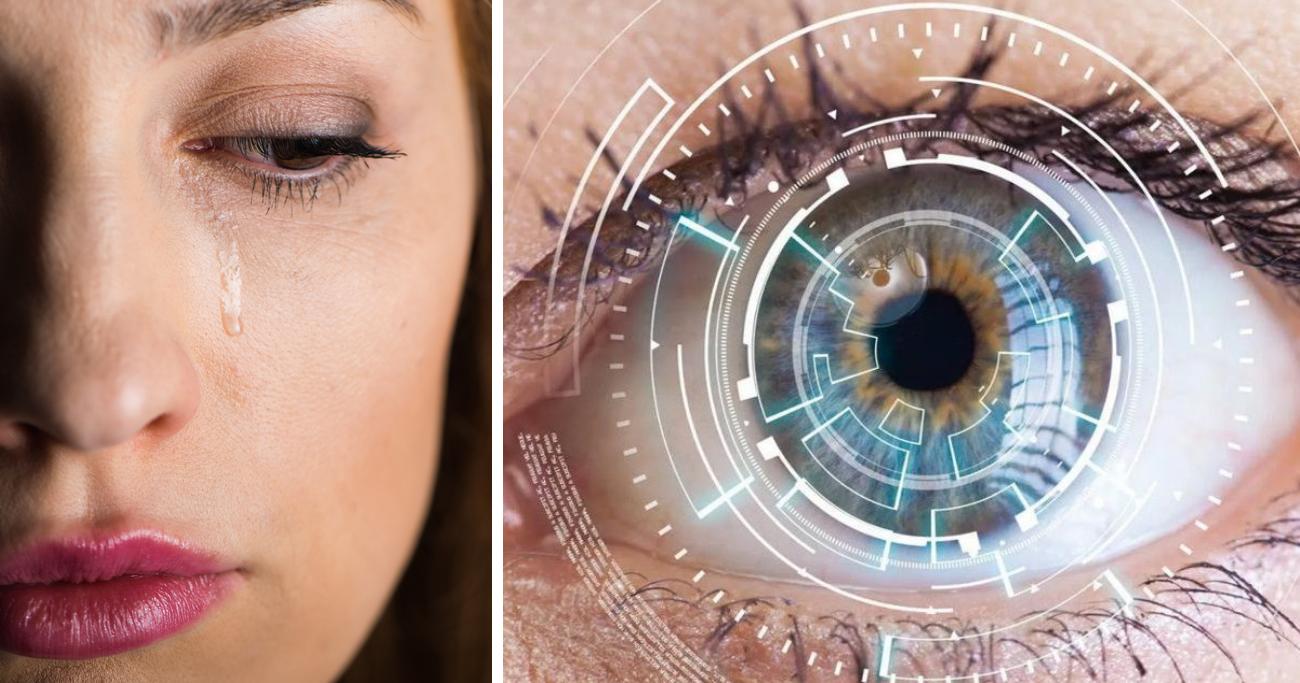Scientists from the Moran Eye Center at the University of Utah have brought the dead back to life, as scientists found that eyes taken from organ donors five hours after death continue to respond to light, with electrical activity previously seen only in the living. The study is published in the journal Nature.
The study’s authors said the discovery “raises the question of whether brain death, as it is now defined, is truly irreversible.”
Reference: brain death is a loss of function of the whole brain and its trunk, which is manifested by coma, lack of spontaneous breathing and all reflexes. In medicine, this is considered an irreversible consequence, so on the basis of the failure of an important organ, a person is declared dead.
The data shown by the team can be used to study other tissues of the central nervous system, such as the brain or spine. Lead author Dr Fatima Abbas said: “We were able to awaken photoreceptor cells in the human macula, which is part of the retina, which is responsible for our central vision and our ability to see small details and color. In the eyes received five hours after the death of the organ donor, these cells responded to bright light, colored lights and even very dim flashes of light.
According to the researchers, part of death is the loss of neuronal activity. The body of controversial scientific data is now studying how to reverse this neural activity and breathe life into the organs of the dead.
This study was conducted by colleagues from Yale University in the United States, who managed to bring back to life the brains of dead pigs in 2019. Scientists were able to start the circulation of large organs four hours after the pigs died. But what they couldn’t do, unlike scientists at the University of Utah, was create a connection between neurons.
Let’s return to the new discovery. Initially, the research team was able to revive light-sensitive neurons (photoreceptors) in the eye. But the cells did not connect with other retinal cells, the tissue behind the eyes that collects light and sends images to the brain. They found that the lack of oxygen was to blame.
Dr. Frans Winberg, an associate professor of ophthalmology and visual sciences, found a way to restore oxygenation to the eyes of organ donors and made an exciting discovery. The team saw electrical signals that are only present in living eyes, which are called “b-waves”. This is the first recording of the wave made in front of the dead.
“We managed to get the retinal cells to talk to each other the same way they do in the living eye. Past research has restored very limited electrical activity in the eyes of organ donors, but this has never been achieved in the macula, and never to the extent we have now demonstrated… Now the scientific community can study human vision in ways that are simply impossible with laboratory animals researcher.
Professor Anne Hanneken, a Scripps researcher, added: “Until now, it has not been possible to force cells in all different layers of the central retina to communicate with each other as they normally do in the living retina. In the future, we will be able to use this approach to develop treatments to improve vision and light signaling in the eyes with macular diseases such as age-related macular degeneration.

